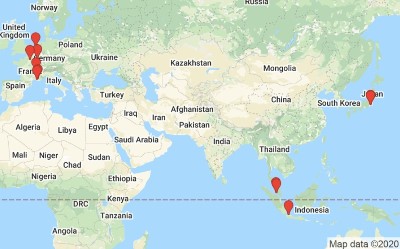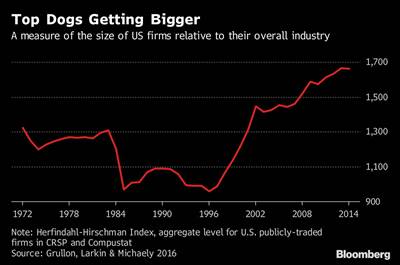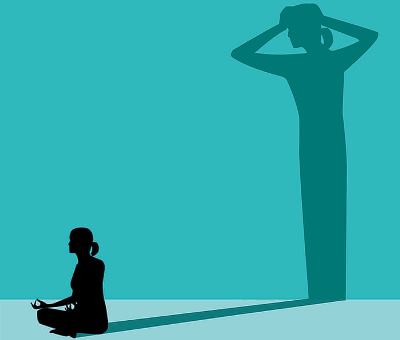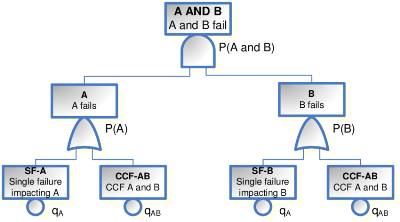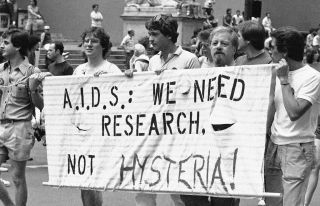There is a lot being written these days about putting some limits to the hype of ‘Artificial Intelligence’. In this interesting post on Forbes ‘Automation Is Not Intelligence‘, the point is made that while calling stuff ‘AI-enabled’ is trendy, it does nothing to create more intelligence!
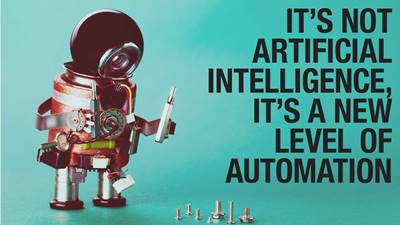
In particular, the article makes the point that automation is not intelligence. Increased automation fosters productivity, but it is only to make repeatable dumb tasks quicker and more efficiently. However there seem to be a trend to mix both aspects in current marketing.
“Vendors that push automation solutions as intelligent are potentially hurting the industry. If customers are lead to believe that various automation solutions are what they can expect out of AI systems and humans are required to add intelligent components on their own to call their systems intelligent, then the industry is heading for a rapid correction.”
The issue is of course that there is excessive hype around everything artificially intelligent (supposedly). “While there is a lot of great, new innovation that’s pushing the industry forward towards more intelligent systems capable of many of the challenging areas that have previously not been able to be solved due to extreme complexity or the need for human labor, there are just as many companies who are using the term AI as more of a marketing ploy or a way to raise money.”
There will be a correction in the industry when people realize what are really the limits of ‘Artificial Intelligence’ technology (read this other interesting post ‘It’s not Artificial Intelligence, it’s a new level of automation‘). Let’s not call everything intelligent, for the moment not a lot is really except humans.


